When was the last time a tech purchase made you laugh with joy? For me it was the first time I listened to my favourite songs on a set of Apple AirPods Max headphones, which enabled me to hear things in those songs that I’d never heard before. Never mind hearing what the artist was playing: sometimes I reckon I can hear what the artist was thinking.
Wireless headphones have come an incredibly long way in a very short space of time. But their history goes back further than you might expect, and includes some incredible innovations.
1880s: the headphones that’d give you a headache
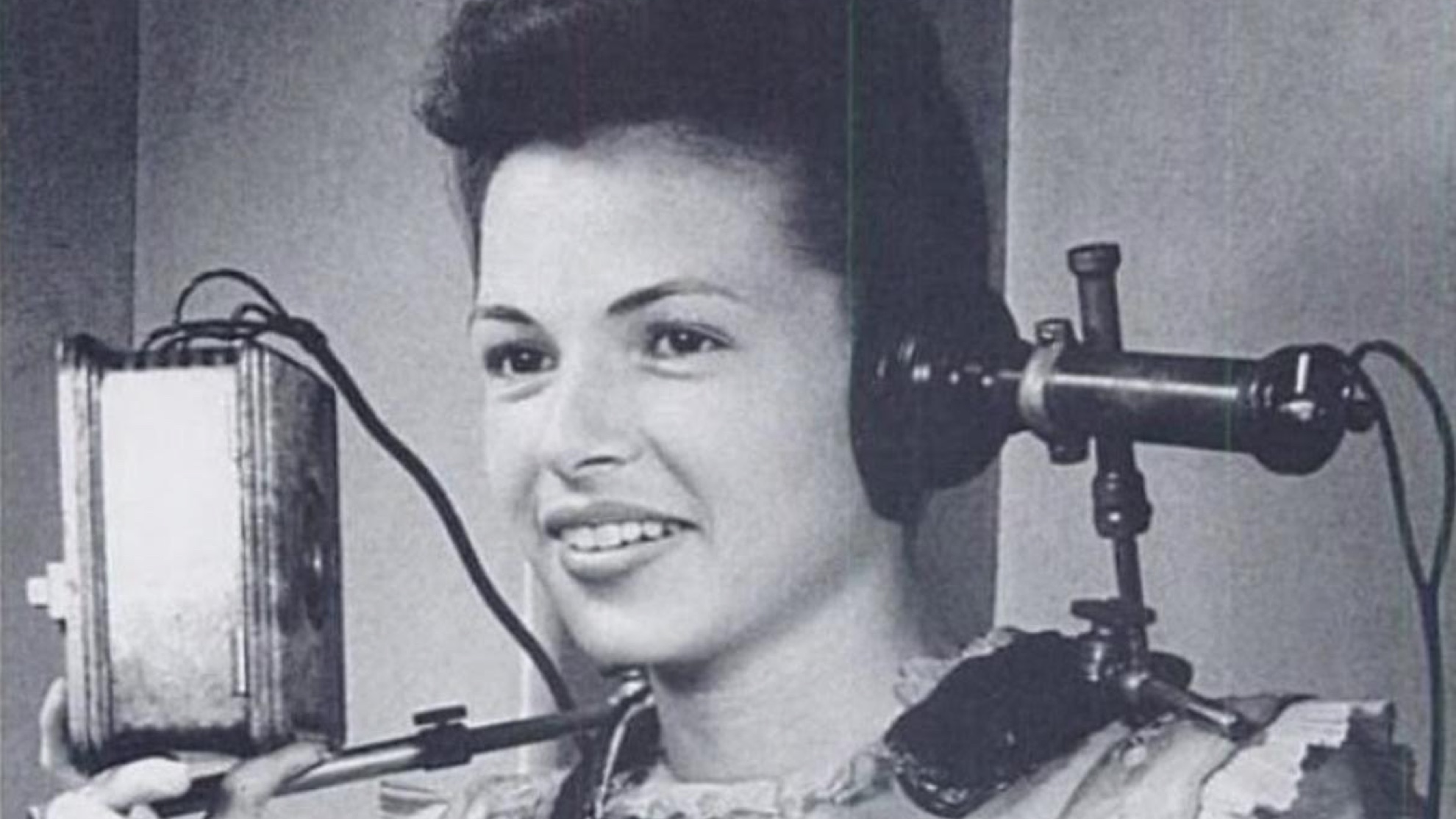
Headphones weren’t originally designed for music. They were made for telephone operators who needed to physically connect everybody’s phone calls. The first model, unveiled in the 1880s, didn’t look much like today’s headphones either: it looked more like a phone that had been cut in half and attached to your head. And it weighed around 5kg, the equivalent of 111 pairs of AirPods.
The first headphones were designed by Ezra Gilliland, a friend of Thomas Edison who also designed the telephone switchboard, and set the template for many models to come: these weren’t headphones for fun. They were tools for the workplace, things you couldn’t wait to tear off at the end of the working day.
1890s: the original earbuds and Spotify too
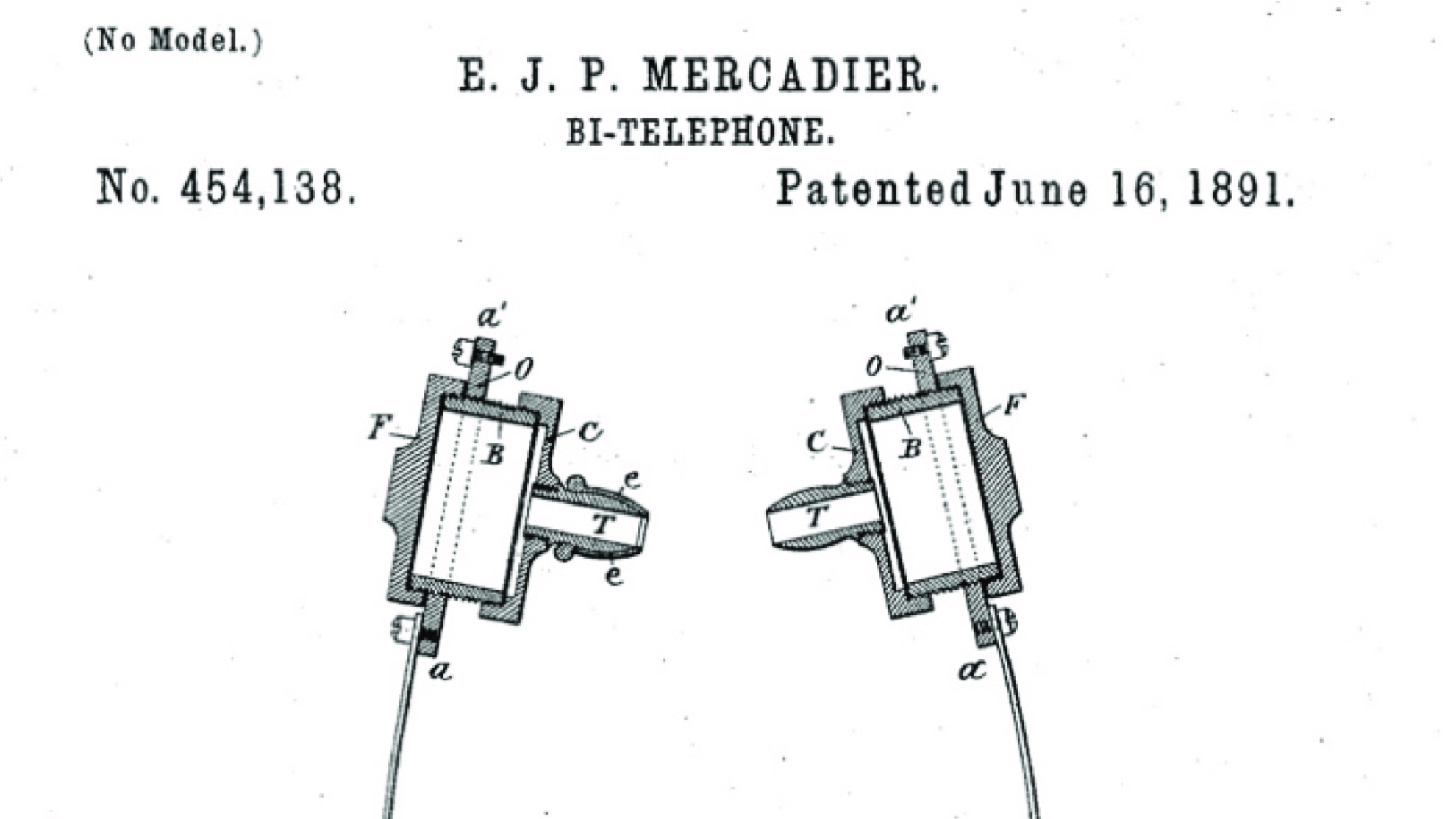
If, like me, you thought earbuds were a very modern invention, think again: they’ve been with us since 1891, when Ernest Mercadier patented his “bi-telephone” and suggested using rubber covers to make them more comfortable. As with Gilliland’s operator phones, the bi-telephone was intended to be used by telephone operators.
The same decade saw the invention of the Electrophone, a kind of pre-digital Spotify where you could don headphones, dial in to a switchboard and listen to live performances from London theaters.
1910: the first headphones that looked like headphones
Nathaniel Baldwin came up with the first recognizably headphone-y headphones in 1910, selling them to the US Navy for use by radio operators. His headphones featured a new, more sensitive kind of receiver that Baldwin declined to patent because he thought his invention was “trivial”. But he did patent his headphone design, which you can still see in today’s over-ear headphones.
1958: the first stereo headphones and the first cans made for music
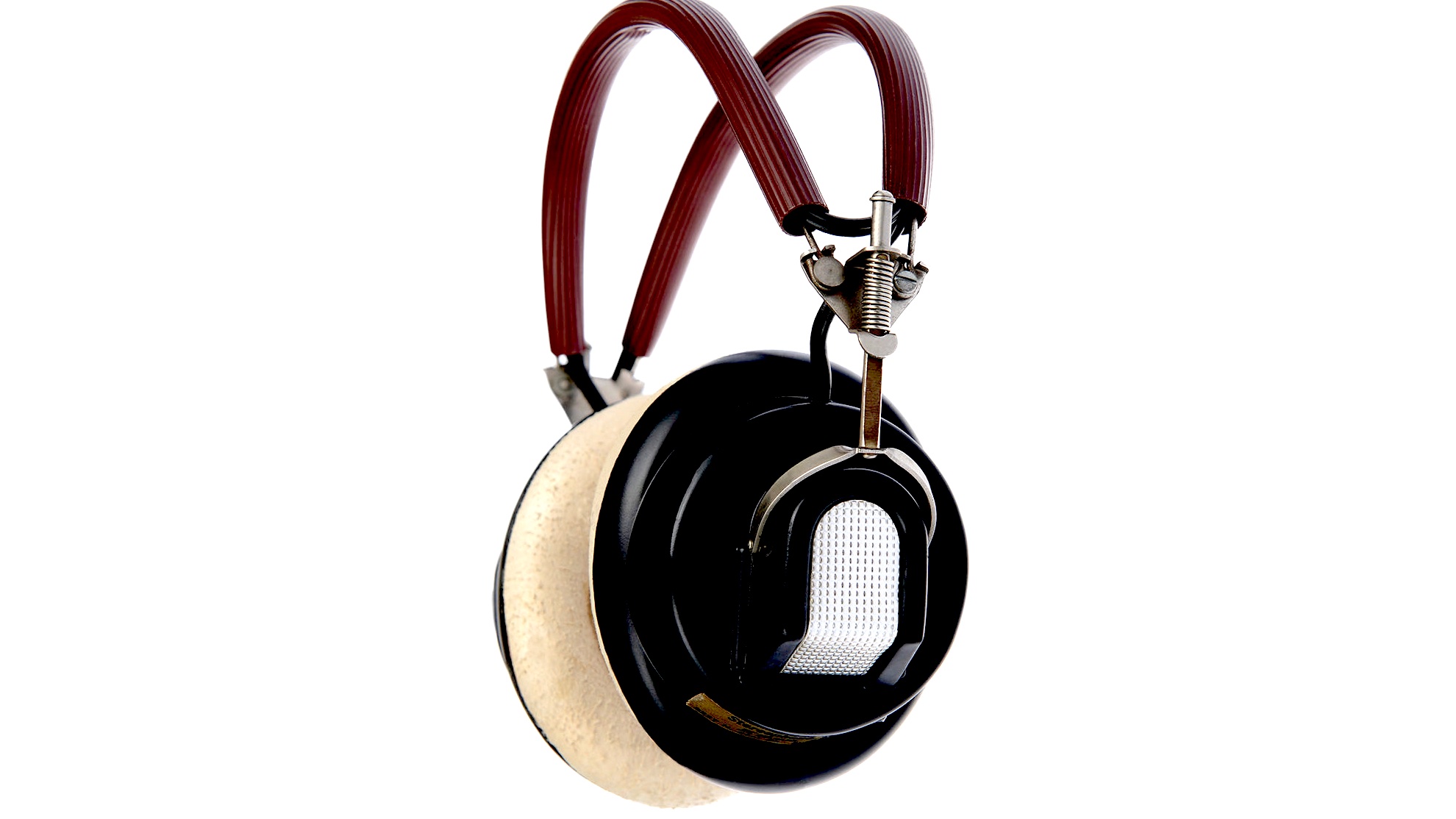
You can thank John Koss for whatever you listen to your music on today: his Koss SP-3 headphones not only introduced stereo listening, but they were the first cans designed specially for personal music listening. Koss was a big fan of jazz, and wanted to recreate the excitement of a live musical performance so you could enjoy it anywhere. Today Koss is a huge audio brand making every conceivable kind of headphone and speaker.
1960s: the first wireless headphones and open-back cans
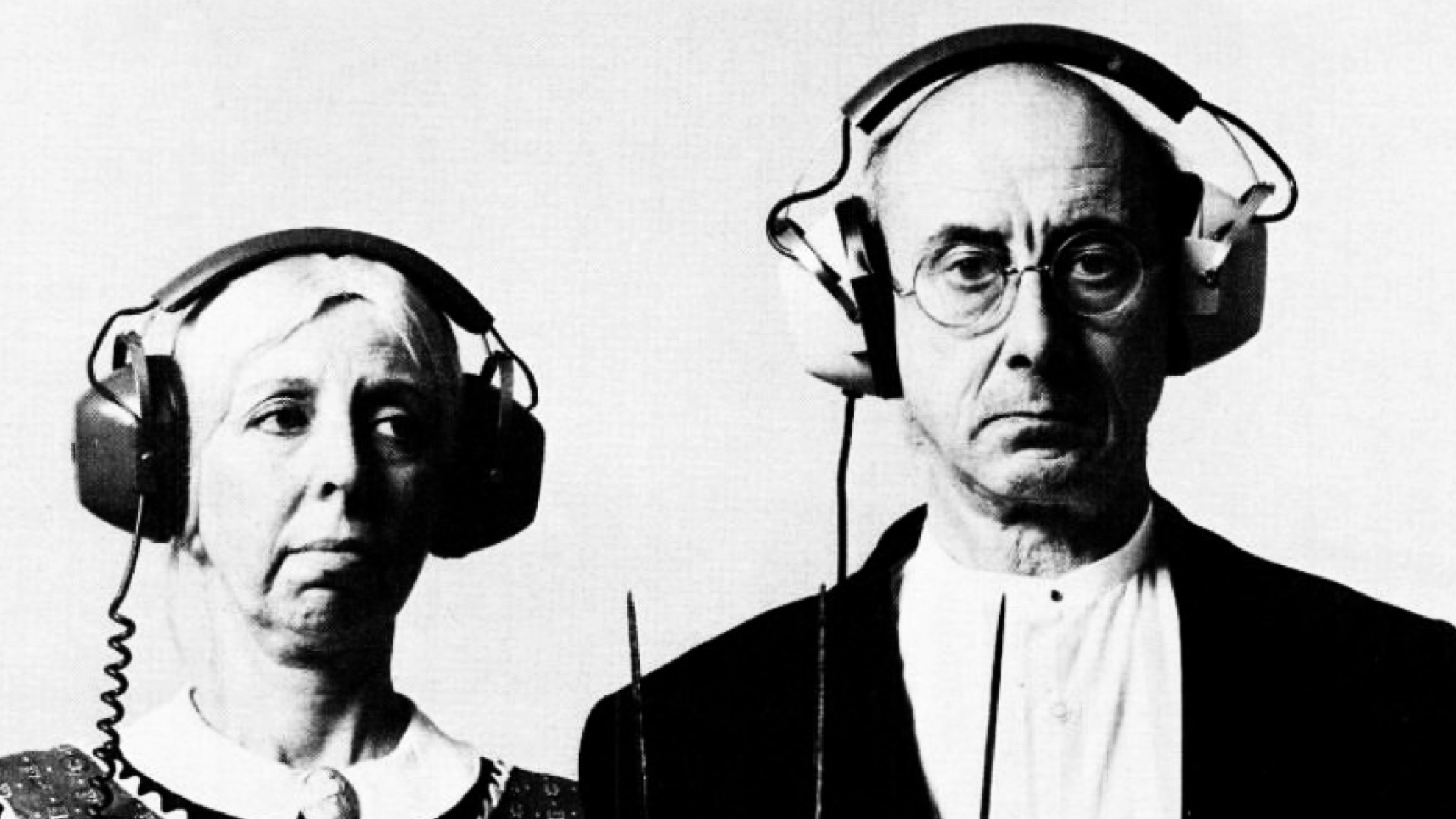
The first wireless headphones were released decades before Bluetooth. In the 1960s, multiple manufacturers offered solid state radio headphones that enabled you to listen to radio while looking a bit like one of the Cybermen from Doctor Who.
Headphone design really evolved during this period. John Koss – yes, him again – had originally aped Baldwin’s Navy headphones, but in the 1960s his headphones borrowed from airline and military models and introduced broader, more comfortable headbands and noise-reducing ear cups to help you hear the music more clearly. You can see the airline-style designs of the era in the image above, which is an RCA advert from 1972.
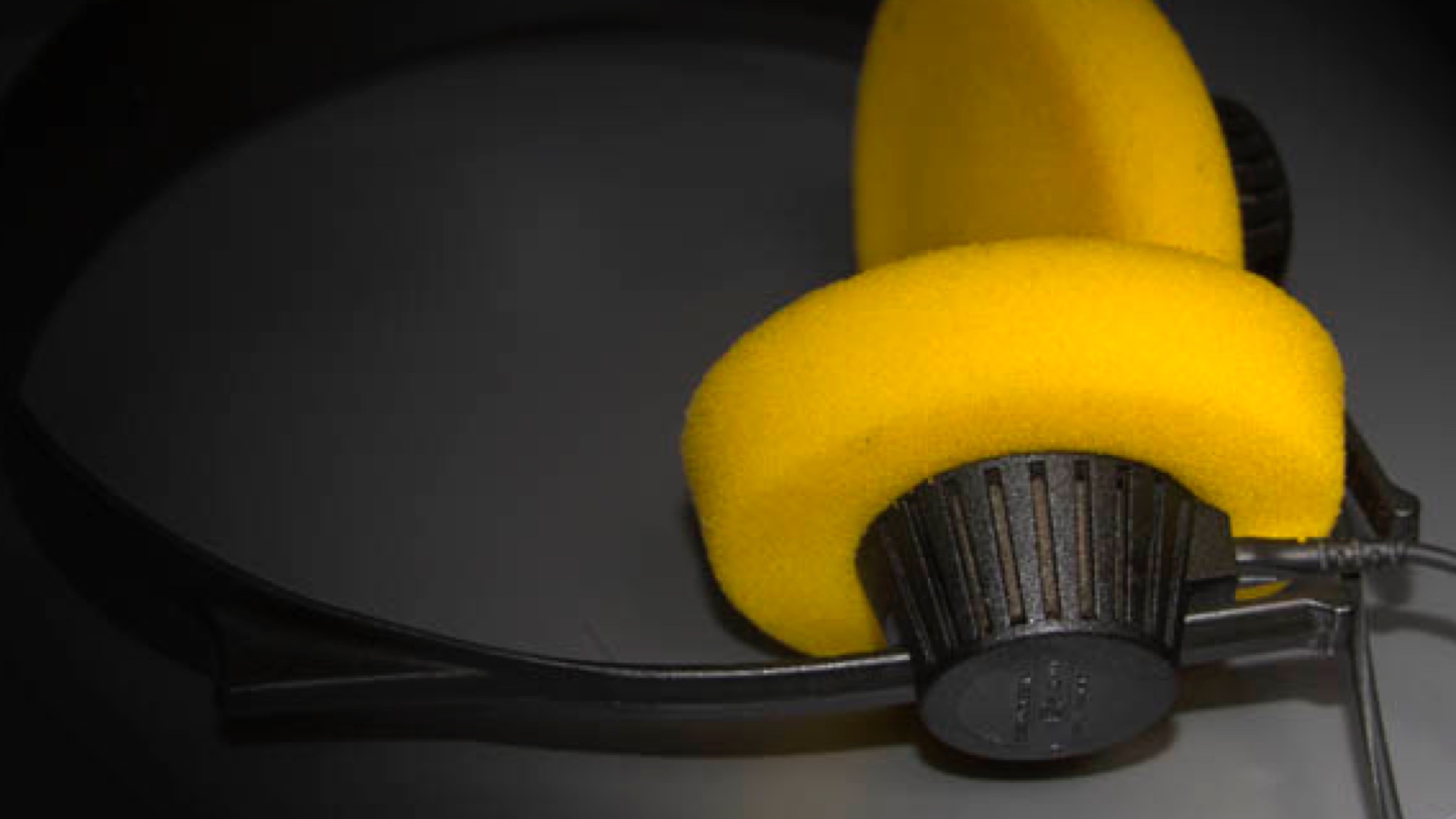
Koss didn’t just make headphones. He made deals too, and one of his best ones was with The Beatles: the Beatlephones were the first big-name branded headphones and sold like hotcakes while Dr Dre was still taking his first baby steps, long before Beats.
There was another key development in the 60s: Sennheiser’s HD414, launched in 1968. These were the first open-backed headphones, allowing outside audio in, delivering a more spacious sound, and making them much safer for listening to on the move – something that was still relatively rare in personal audio. They also introduced something else that would soon become iconic: brightly coloured foam ear pads.
1970s: the future’s orange (and blue, and…)
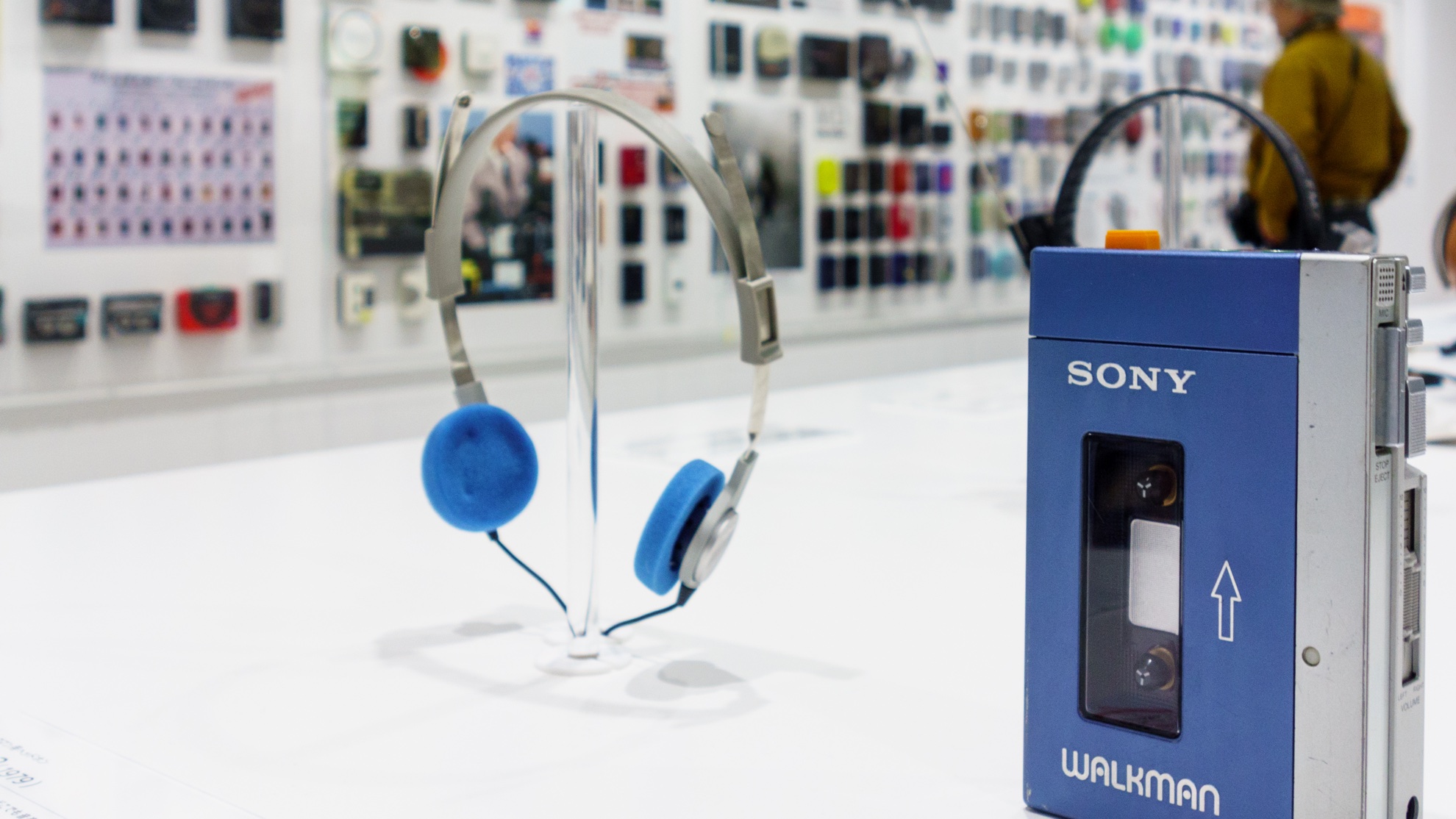
By the 1970s headphones had become truly mass market products and worked in two key markets: the teen market and the audiophile market. And then Sony came along and changed everything. The Walkman, introduced in 1979, came with ultra-light open-backed headphones with a super-skinny headband that enabled you to wear them on your head or park them around your neck. Its brightly coloured headphones were as iconic in the 1980s as Apple’s iPod headphones would be in the 2000s, and they effectively introduced Main Character Syndrome: with your Walkman and your headphones on, you were the star of your own movie with an incredible, omnipresent soundtrack.
1990s: brand new retro
As new technology introduced higher quality portable music formats – portable CD players, portable DATs if you were loaded, and later on Digital Compact Cassette and MiniDisc –portable headphones got better too, although you wouldn’t always know it given the poor quality models that often came in the box with new audio hardware. That was great for the third party market, though, and the growing popularity of portable audio meant that nobody thought you were a weird loner if you wore your headphones in public. In fact, they became a badge of pride: in the 1990s, big closed-cup headphones were a sign that you took your music more seriously than the foam-eared brigade. Maybe you were a DJ!
With headphones firmly in the fashionable category, headphone design went to all kinds of interesting places in the 90s: headbands, neckbands, earbuds, over-ears and open-ears came in every conceivable shape and size.
2001: Apple changes everything
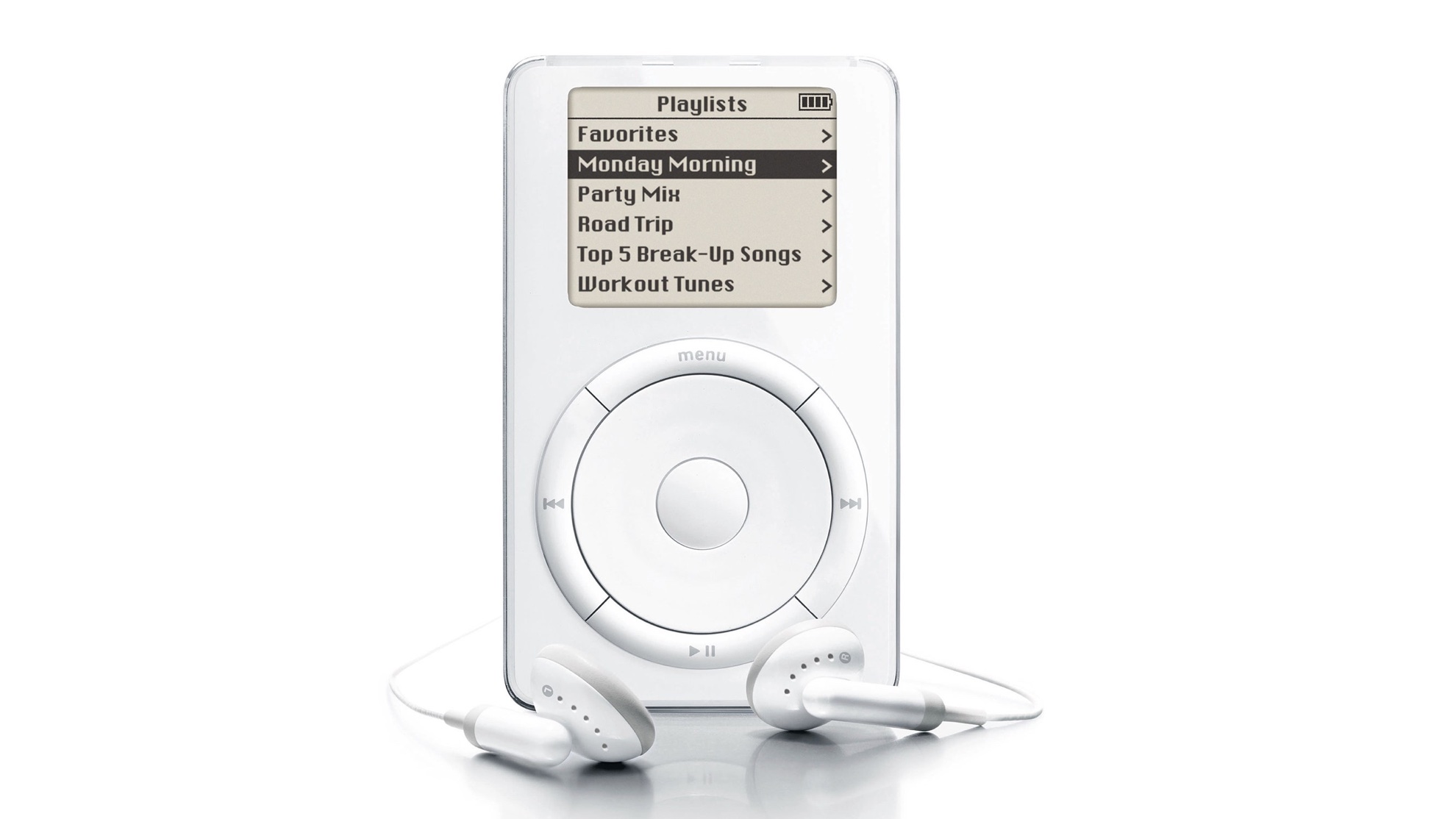
In 2001, Apple launched the iPod. You may have heard of it. It wasn’t the first hard disk digital music player and some would say it wasn’t the best either, but it became the digital music’s Walkman and made digital music mainstream. The headphones weren’t exactly great but they were a sign that you were cool enough to have an iPod, and Apple’s inspired ads made them the stars of the show.
2004: kind of blue
Bluetooth, named after the tenth-century Danish king Harald Bluetooth, was launched in 1999 as a way to wirelessly connect microphones and headphones. It wasn’t initially used for music because quite frankly the sound quality was awful, but it became popular among the business and professional driving crowd; for a while blinking Bluetooth earpieces made every travelling salesperson or taxi driver look like one of Star Trek’s Borg.
That’s not to say there weren’t Bluetooth headphones for music; the first products hit the market in 2004. They just weren’t very good.
2007: the iPhone arrives
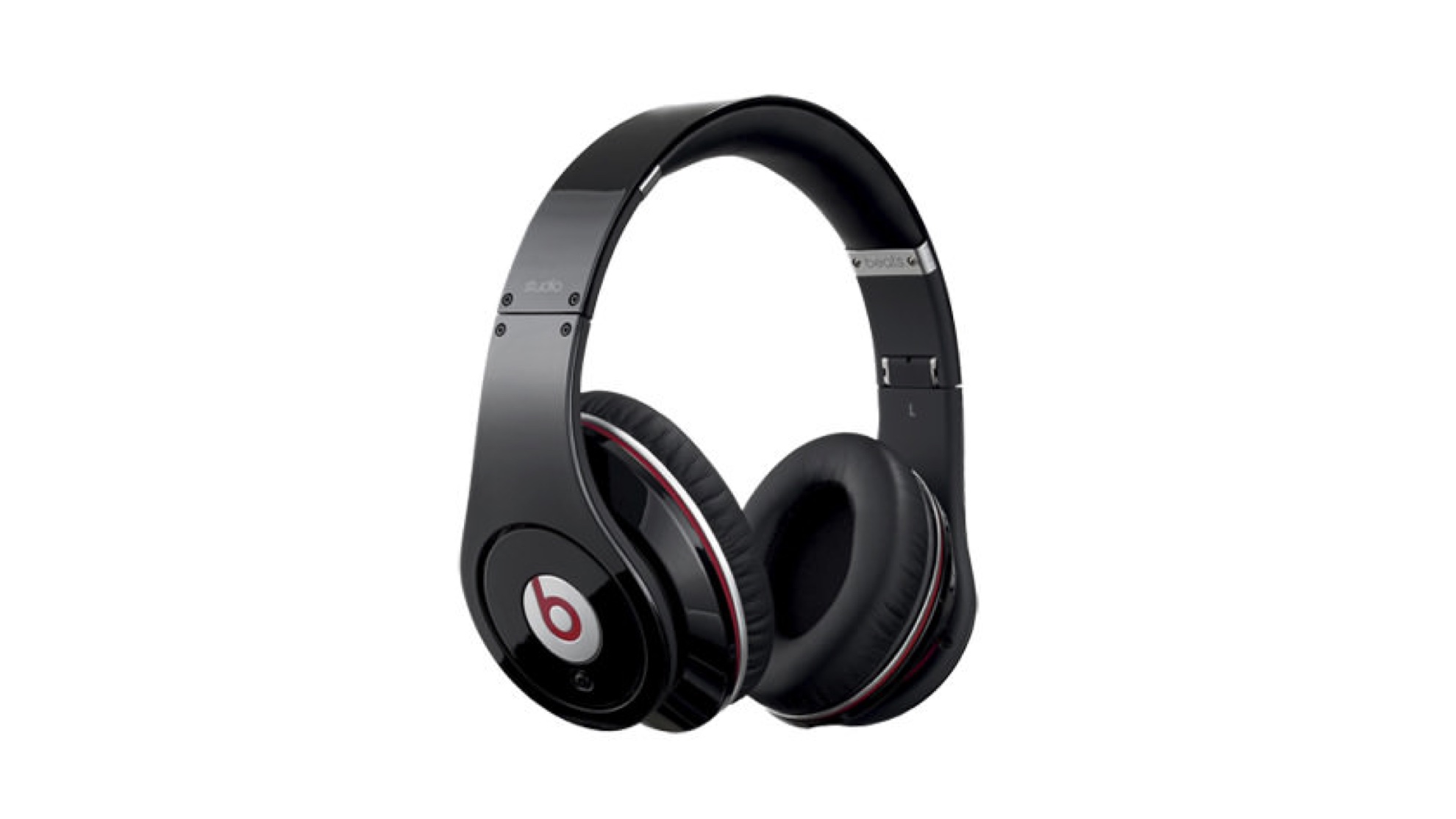
Like the iPod, the iPhone wasn’t the first of its kind. But history repeated, or at least rhymed, and the iPhone put an iPod in everybody’s pocket. The intense competition in the smartphone market meant serious amounts of money going into research and development, and the results – ever smaller, more efficient batteries; ever-improving versions of Bluetooth; software-based noise cancelling; improvements in materials and manufacturing technology and so on – would soon have an impact on all kinds of devices, including headphones.
Bluetooth headphones became huge in the 2010s, with brands such as Beats driving the mass market. The sound quality wasn’t there yet for the audiophile market, but it was heading in the right direction.
2016: AirPods
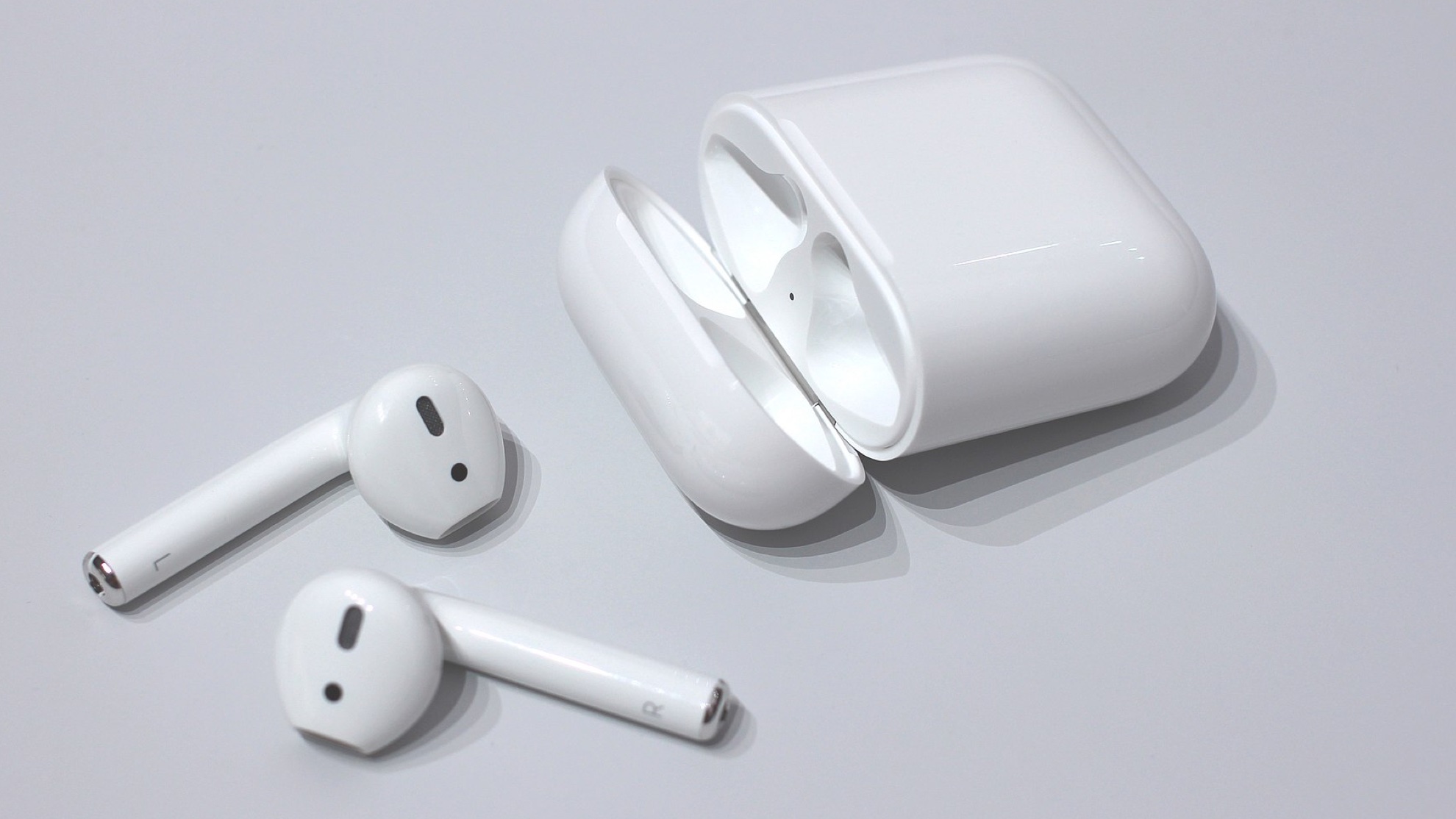
Yes, Apple again – and stop us if you’ve heard this before. AirPods weren’t the first wireless earbuds, and they weren’t the best either. But they were a huge success, and dominated the earbud market by 2020. They’d been in development for a long time – the first recognisable patent was filed in 2011 – and their success was partly because Apple scrapped the headphone jack in the 2016 iPhone 7, instantly making wired headphones an enormous pain to use.
That decision may have been wildly unpopular and hugely criticized at the time, but it cemented wireless headphones’ place as the present and future of mobile audio and set the template for what to expect: quality sound, easy pairing and the ability to find them if you misplaced them.
2022: Now what?
The final step in wireless headphone technology is to overcome its Achilles heel: bandwidth. Bluetooth can only stream so much data, and in basic Bluetooth that isn’t enough for truly high resolution audio. But Bluetooth aptX HD and Sony’s equivalent, LDAC, are vast improvements, and there are also aptX Adaptive and aptX Lossless to take things even further.
I’m currently testing a pair of aptX Adaptive earbuds and the sound quality is truly extraordinary – and the buds don’t cost any more than a pair of AirPods Pro. Just when you thought wireless headphones couldn’t get any better, they got better all over again.
from TechRadar - All the latest technology news https://ift.tt/yf6jETC







No comments:
Post a Comment